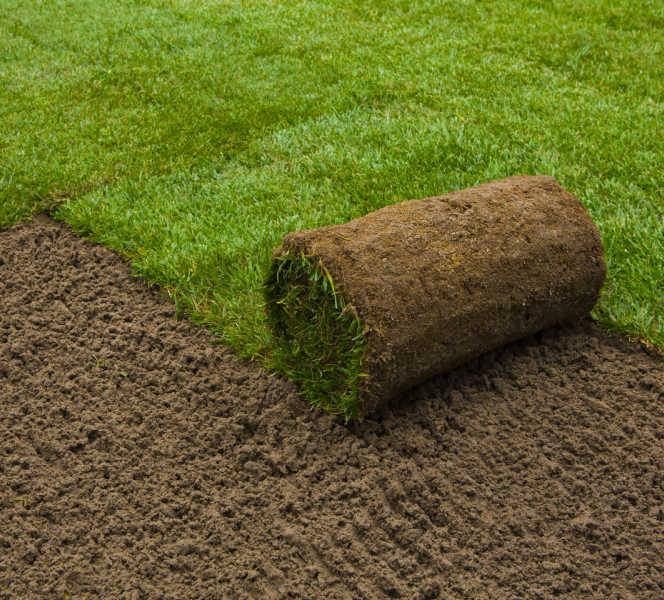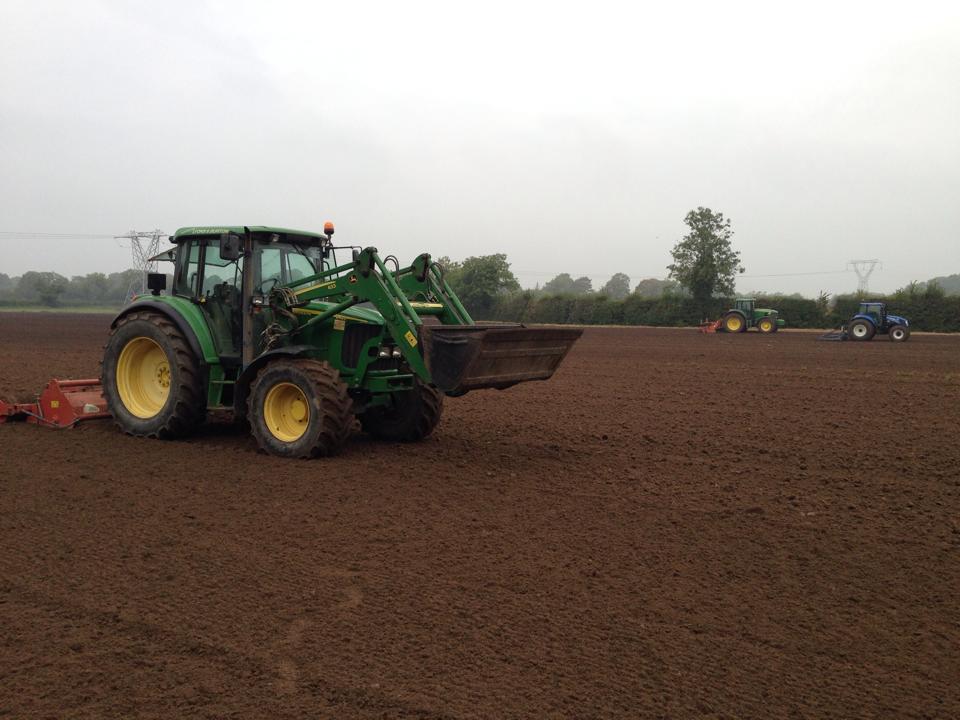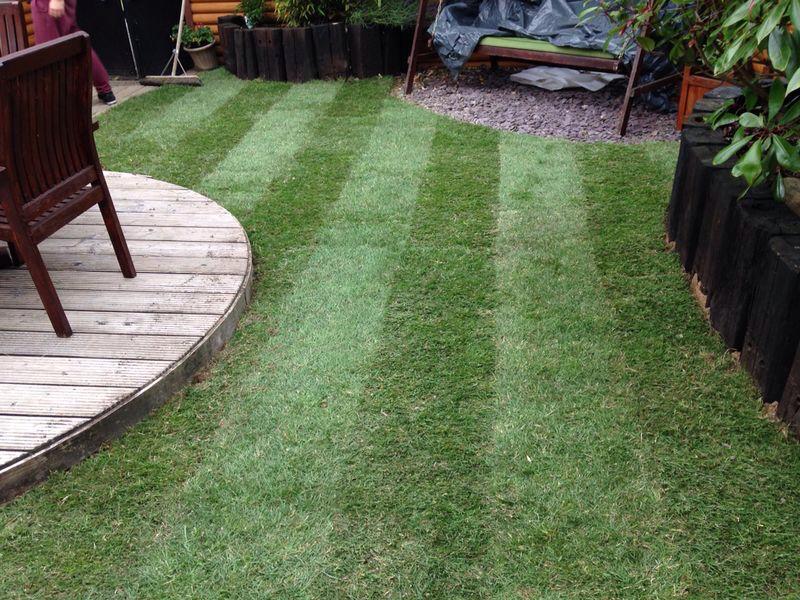Your basket is currently empty!
Lawn Turf
Mixture Formulation
Our cultivars are blended carefully into formulated mixtures which have proved successful in meeting the demands of the modern landscape project large and small and amenity environment. The choice of species and varieties within our mixture are carefully considered so that they are compatible and together will produce a high quality lawn.
Seed Quality
The performance of our grasses are not the only measure of the quality of our seed, to ensure that our turf seed mixtures always deliver the highest quality in relation to purity and germination, all varieties have been thoroughly tested at the Sports Turf Research Institute, so you can be sure this quality product will meet your requirements for appearance, play and maintenance.


Prepare the Soil
What is the best soil for turfgrass?
Loams, sandy loams and loamy sands, with a pH of 6.0 to 7.0 are the very best soils for producing a beautiful, high-use, low maintenance lawn.
Unfortunately, this ideal soil mixture is seldom found on any property after construction.
How Deep Should the Soil Be?
The absolute minimum depth of quality top soil for a care-free lawn is 4 inches (10cm); however, for deeper root penetration and the benefits that they bring, the accepted standard is 6 inchces (15cm)
Laying Turf Grass
- Clear the site of all building materials (wood, cement, bricks, etc.) as well as any burried stumps,rocks, stones or other debris that are any larger than 2inchces (4-5cm) in diameter.
- Rough grade the entire area to eliminate any drainage problems on the property. This would include sloping the grade away from building foundations, eliminating or reducing severe slopes and filling low-laying areas. A tractor mounted blade and/or box are most often used for rough grading, but if the area is small, it can be done with hand tools. The rough grading, will probably uncover more debris that should be removed.
- Initial tilling to a depth of at least 2 inchces (5cm), should be completed prior to adding any topsoil or soil amendments. This will control most annual weeds, alleviate subsoil compaction, permit a bonding of the topsoil to the subsoil and improve root penetration as well as air exchange and water movement.
- Add toposoil to achiveve a total topsoil depth of 4-6 inches (10-15cm), after firming. The topsoil should be a loamy sand, sandy loam, clay loam, loam, silt loam, sandy clay loam or other soil suitable for the area.
- Test soil for pH and nutrients to determine if any pH correctiong materials or nutrients are required.
- Apply fertiliser to correct any deficiencies. To avoid root injury to new turfgrass, the fertiliser should be raked in.
- Finish Grade the entire site, maintaining the rough grading countours and slopes with a heavy-duty rake.
- Roll the area with a lawn roller to firm and settle the surface. Low spots should be filled to match the surrounding grade surface. If time permits, allow area to settle further with rainfall or by applying irrigation.

Why are most lawns sodded
Is a turfgrass sod lawn less work?
Yes, a turfgrass sod lawn needs no special care after the first because it is a healthy mature lawn when it is installed, whereas a seeded lawn requires years of nurturing to reach maturity. Turfgrass sod is grown under expert supervision from either top quality seed blends. After it has been installed, just water, mow and fertilise as needed and it will remain a healthy, green carpet of grass requiring very little maintenance.
Where can I use turfgrass sod?
Turfgrass sod can be installed practically anywhere, even where seeding is impossible or too costly. Turfgrass sod is often used to stop soil erosion and water pollution on slopes where heavy rain would wash away both seed and soil.
When can I install a turfgrass sodded lawn?
Turfgrass sod can be installed all year around. There is no need to wait for the ”right” time of the year as opposed to seeding. It will need to be watered in,every day for the first two weeks.
Can turfgrass sod withstand heavy usage?
Because turfgrass sod establishes itself very quickly it is ready for full use withing a couple of weeks. It creates the perfect surface for lawn games, family get togethers and outdoor activities. With today’s blends of hardy grasses, turfgrass sod is often chosen for parks, golf courses, athletic fields, as well as residental areas and commercial developments.
Is a turfgrass sodded lawn a good investment?
Yes – It’s the only way to go from bare soil to a lush lawn in just hours. Yet, it is relatively inexpensive to use. In the few hours it takes to install your turfgrass sod lawn, your property value increases significantly while you enjoy the beauty and convenience it has to offer.
How does turfgrass sod affect our environment?
Because of today’s ecological concerns, many people are considering turfgrass sod because of the environmental and health benefits it has to offer.
Turfgrass sod cools and cleans the atmosphere, releases oxygen, stores carbon, breaks down other harmful pollutants, enriches the soil, helps to minimize dust, provides substantial erosion control, helps ground water recharge and minimizes storm water runoff.
As it grows, turfgrass silently contributes to a healthier environment.
